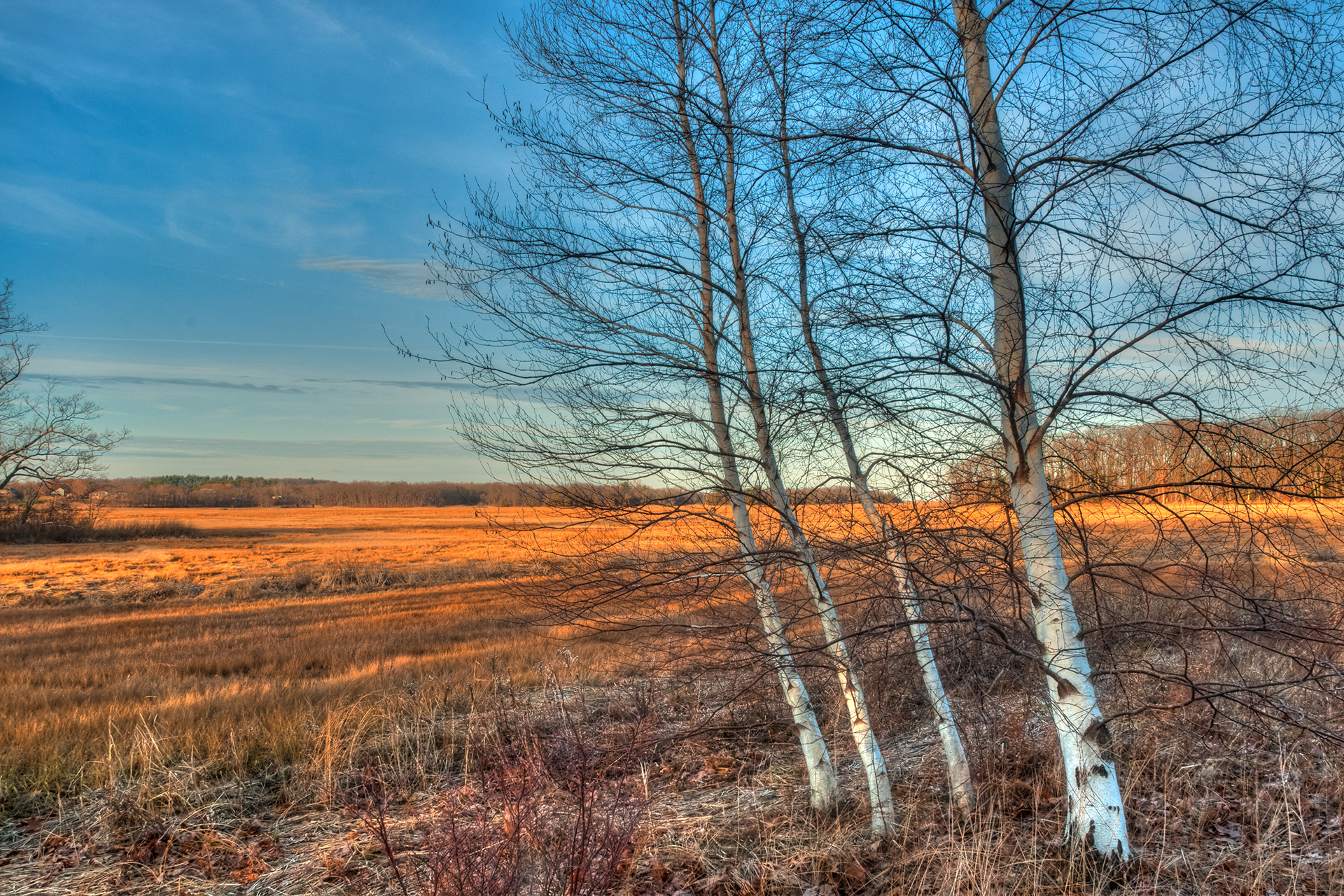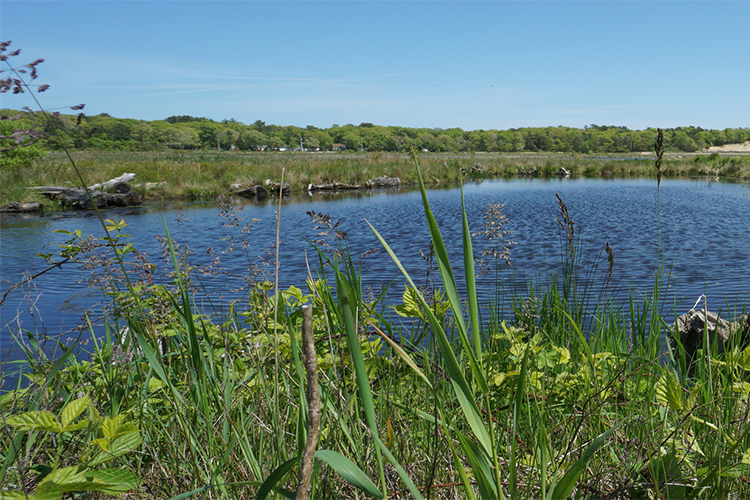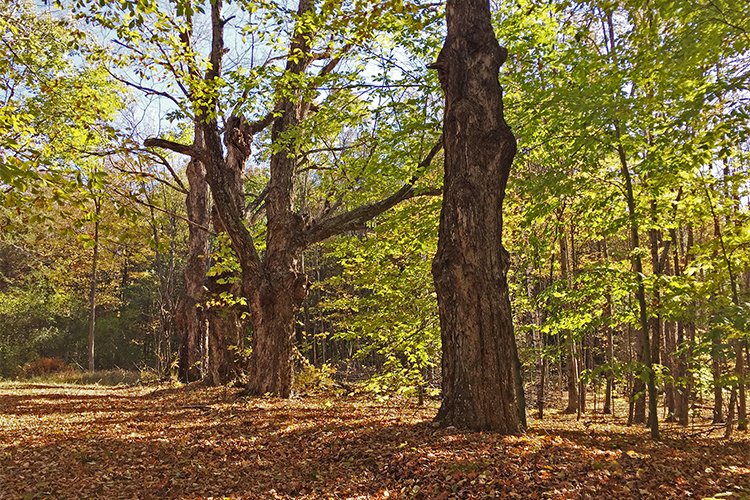Protecting Land So It Can Protect Us
October 01, 2019
At Mass Audubon, our mission is to protect the nature of Massachusetts for people and wildlife. Climate change presents one of the greatest threats to carrying out that mission, and the impacts will be felt far beyond the boundaries of Massachusetts. The good news—some of the best solutions begin with nature itself.
Conserved land has many benefits, from providing cleaner air and drinking water to improving human health with more time spent in nature. Even better, natural lands are now being recognized as a critical tool to blunt the impacts of climate change. In the recent report from the Intergovernmental Panel on Climate Change, scientists warned that large-scale land conservation must play a critical role in limiting the global temperature rise to well below 2C above pre-industrial levels, the goal of the Paris climate agreement. And Mass Audubon has been at the forefront, embedding climate change response into recent land conservation efforts.
Perhaps nowhere is this more evident than at Tidmarsh Wildlife Sanctuary in Plymouth. Before becoming a Mass Audubon wildlife sanctuary in 2017, it was a working cranberry farm for the previous 130 years. Its most recent owners had the vision to restore the farm to its original, natural state by re-creating nearly three and a half miles of stream channels, removing a dozen or more dams, and reconnecting the headwaters with the sea for the first time in more than a century. This landscape not only shows visitors nature’s triumphant, resilient return on a daily basis, it provides important climate change benefits through its capacity to store carbon, capture other greenhouse gases, and absorb the greater and more frequent flood waters that we can expect as a result of climate change.
Another way land can help in the face of climate change is enabling some wildlife and plants to shift to more accommodating locations in response to the changing environment. In central Massachusetts, the Whetstone Wood Wildlife Sanctuary serves as an essential "land bridge" connecting more than 50,000 acres of conserved land owned and managed by state environmental agencies and private land trusts. The vastly larger footprint of connected, protected lands resulting from Whetstone's creation allows wildlife to move on a larger scale and take advantage of its massive range of microclimates. Whetstone is also generating important carbon-related benefits and reducing flood impacts for people living in the North Quabbin region.
In the North Shore town of Rowley, Rough Meadows Wildlife Sanctuary buffers storm surges from increasingly intense coastal storms. Established nearly a decade ago in collaboration with Essex County Greenbelt, it’s located in the heart of the Great Marsh ecosystem—the largest salt marsh system on the East Coast north of Long Island. More than half of the sanctuary abuts the current salt marsh, providing essential space for the salt marsh to migrate inland as sea levels rise.
At Arcadia Wildlife Sanctuary in the Connecticut River Valley, we have worked with the City of Northampton to protect land west of the sanctuary, which provides an active wildlife corridor (a habitat connecting areas of land that is actively used by wildlife to move from one area to the other, improving genetic diversity). Wildlife cameras and tracking enthusiasts have documented many species, including fishers, deer, coyotes, and bobcats, using the corridor to travel between Arcadia and nearby conserved areas. Staff at Arcadia have also just completed an ambitious project to restore the floodplain forest along the sanctuary's boundary with the Connecticut River to help with future flood prevention.
There is no doubt that our changing climate presents a severe threat to people and nature both now and in the future. Nevertheless, as the doom-and-gloom stories associated with climate change continue to make headlines, it is important to find hope. Nature provides a great reminder that there are things we can all do to positively impact how our future looks.
A land conservation strategy that leads with climate change response is a critical part of the solution—and as members and supporters of Mass Audubon, you are helping to make a real difference.
This article was featured in the Fall 2019 issue of Explore, Mass Audubon's quarterly member newsletter.





